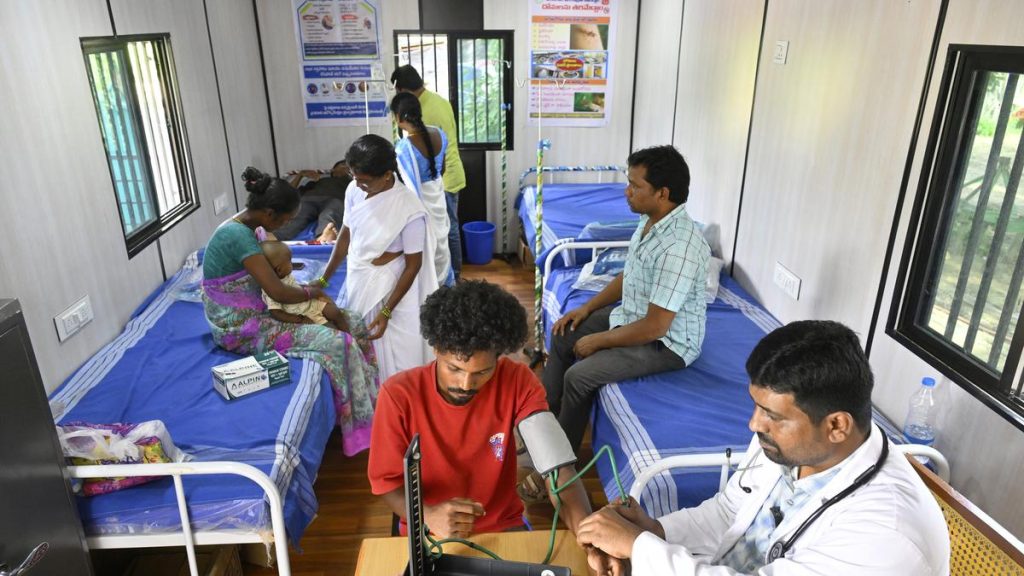Now Reading: Vilangad Landslip Victims Voice Frustration Over Official Neglect
-
01
Vilangad Landslip Victims Voice Frustration Over Official Neglect
Vilangad Landslip Victims Voice Frustration Over Official Neglect
Swift summary
- Event: On July 29, 2024, Vilangad village in Kozhikode district suffered around 100 landslips within four hours, causing meaningful damage.
- Impact on Residents: One person died, but the disaster displaced 120 families and destroyed homes, farmlands, shops, and infrastructure like roads and bridges. many houses became inhabitable due to debris buildup or precarious positioning in landslip paths.
- Relief Efforts: Compensation has been uneven; ₹15 lakh was given to families whose homes were entirely destroyed while others received minimal support. only partial progress has been made in rehabilitation-53 houses were proposed but construction is slow.
- Economic Losses: Traders lost shops and revenue as several bridges remain unrepairable. Affected infrastructure includes roads caving into rivers and abandoned markets.
- Reverse Migration: Around 35 families have left the area due to safety concerns; schools like St. George Higher Secondary School report declining enrollment tied to relocations.
- unfulfilled Promises: Villagers demand a comprehensive rehabilitation package including a common emergency shelter. Infrastructure projects proposed before the landslips remain stalled.
Indian Opinion Analysis
The tragedy at Vilangad highlights vulnerabilities inherent in disaster-prone rural areas such as poor risk assessment, insufficient early warning systems beyond residents’ observations (murky water), and inadequate post-disaster response mechanisms. Despite limiting casualties through quick evacuation efforts by residents themselves, long-term recovery demonstrates systemic gaps: uneven compensation practices restrict rebuilding opportunities for many families while delayed infrastructure repairs hinder economic recovery.
The lack of national attention compared to Wayanad suggests that smaller-scale disasters often fall by the wayside politically unless fatalities are higher or media coverage is extensive-possibly perpetuating inequities in relief distribution across affected regions. Moving forward requires not just piecemeal compensation but robust preventive measures like land-use planning reforms that bolster resilience against future disasters.
























